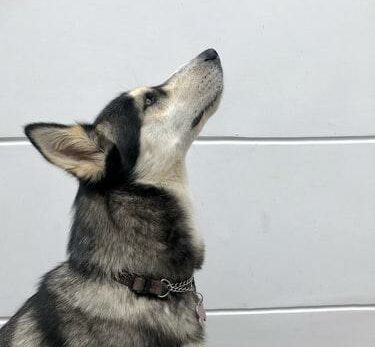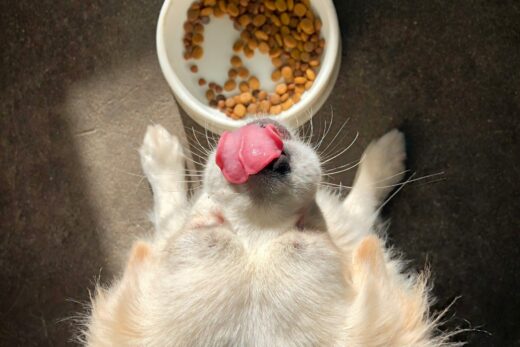
March is usually the time for Crufts but this year we will have to wait a bit longer as it will be held in July. For some, the season of Crufts is the best time of year to ready their perfectly preened, obedient canines and show them off to the whole world.
But for others, it’s that time of year where you watch the country’s most composed, attractive and well-behaved dogs on TV, only to be distracted by your own (just as beautiful and beloved!) dog chewing on the leg of the sofa.
We can’t all have the world’s best-trained pup, but some behaviours can (and should) be addressed, whether we’re shooting for Crufts or not. Occasionally causing trouble or running away, some pups will have a mischievous streak which requires careful training early on. The task of training your pooch not to chew dangerous things (or things with sentimental or financial value) doesn’t even need to be that difficult.
You just need to train them to direct their chewing energy towards certain items.
As they explore the world, it’s completely normal for dogs and puppies to chew on things. For them, it’s a worthwhile task that accomplishes a number of things. For example, just like in human babies, it’s a great way for young puppies to relieve the pain of teething.
Why Are They Chewing?
Being a dog and chewing things come hand in paw. Most dogs will want to chew throughout their lives, having begun as puppies as part of their development. Understanding why your dog is chewing is an important part of taking care of them. Some owners come to believe that their dogs are doing this out of spite or to get attention, but this is a myth. A dog needs to chew and if they aren’t given enough toys or treats to do it appropriately and safely, they’ll have to go looking for something else to act as a chew toy.





